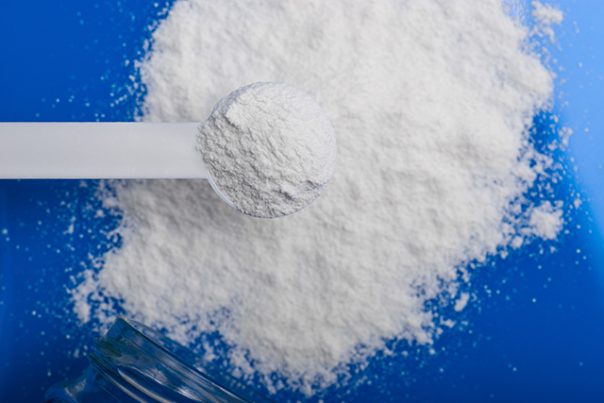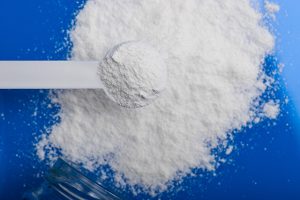
Endrin — toxicity, side effects, diseases and environmental impacts
Saturday, December 02, 2017 by Jhoanna Robinson
http://www.naturalpedia.com/endrin-toxicity-side-effects-diseases-and-environmental-impacts.html

Endrin, a white and odorless substance, is a steroisomer of dieldrin, meaning both have one or two more compounds that are different only in the spatial arrangement of the atoms, so endrin and dieldrin are tight as kin. Both substances are utilized for their pesticidal uses.
Technical grade endrin with a purity of 92 to 99 percent may have 0.42 percent of dieldrin, 0.03 percent of aldrin, and 0.73 percent of isodrin as impurities. Endrin and its metabolite 12-ketoendrin can be identified in fetal tissue. The main metabolite anti-12-hydroxyendrin and the metabolites syn-12-hydroxyendrin and 12-ketoendrin are more toxic than endrin itself.
Endrin is a water emulsifier, meaning, it helps water disperse into a state that is like that of oil. Burning endrin until it reaches the state of decomposition can cause it to give off fumes of hydrogen chloride and phosgene.
Endrin is now banned in the European Union and in several other countries. Its use has also been outlawed in the United States since 1986. There is very little that is known about endrin aldehyde (an impurity and breakdown product of endrin) or endrin ketone (a product of endrin upon exposure to light).

List of known side effects
Endrin is toxic via ingestion, inhalation, or skin absorption. DNA single strand breaks happen when the body becomes exposed to high amounts of endrin, also causing marked lipid peroxidation and the production of reactive oxygen species.
Endrin can make one hypersensitive, thus increasing his or her prickling or tingling sensations. Other negative side effects of endrin exposure include dizziness, headaches, hyperexcitable state, incoordination, mental confusion, nausea, tremor, vomiting, and weakness in the legs.
Severe instances of endrin exposure can result in convulsions and seizures which can eventually lead to a coma and even death.
The Environmental Protection Agency sets the maximum level of endrin contamination in drinking water at 0.0002 milligrams per liter. The Occupational Safety and Health Administration, on the other hand, sets 0.1 milligram per cubic meter of air for an eight-hour per day, 40-hour work week.
Endrin is highly toxic to the avian community. It also leaves a big mark on the soil that it is dispersed to – its half-life can last up to 12 years in soil. It is also very toxic for aquatic invertebrates, fish, and phytoplankton. The death of fish in agricultural and industrial areas and the decrease in the population of brown pelicans in Lousiana and sandwich terns in the Netherlands may have been caused by endrin contamination.
Body systems affected by endrin
Endrin is bad for the nervous system. It inhibits the system’s capability to function properly, which leads to changes in electroencephalography (EEG) activity and the triggering of convulsions. Also, the inhibition of the calmodulin-dependent calcium pump in the neurons may contribute to the neurotoxic effects experienced by the brain.
Endrin is bad for the excretory system. It cause negative effects to the liver and kidneys.
Endrin is bad for the reproductive system. A fetus has a high risk of dying if its mother is exposed to the harmful substance. Also, fetuses who do survive are sometimes born with cleft palates.
Endrin is bad for the respiratory system. It can lead to a complete shutdown of the whole system and its organs.
Items that can contain endrin
Endrin is an insecticide and a rodenticide that is usually used on cotton, maize, and sugarcane.
How to avoid endrin
Wear impervious, protective, and suitable clothng and gloves when handling endrin. Remember also to wear eye protection and dusk mask or respirator.
Where to learn more
- The face of a poisoned man – the human cost of pesticides
- Environmental toxins are in water, food and garden: Dirty Dozen list from the EPA and how you can reduce exposure
- Chemicals.news
- Pesticides.news
- Toxins.news
Summary
Endrin can make one hypersensitive, thus increasing his or her prickling or tingling sensations.
Endrin is now banned in the European Union and in several other countries.
Endrin is highly toxic to the avian community.
Sources include:
Tagged Under: Tags: endrin





